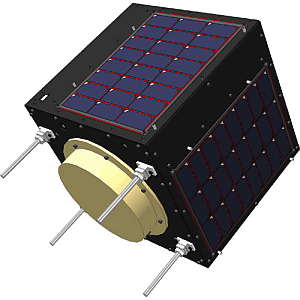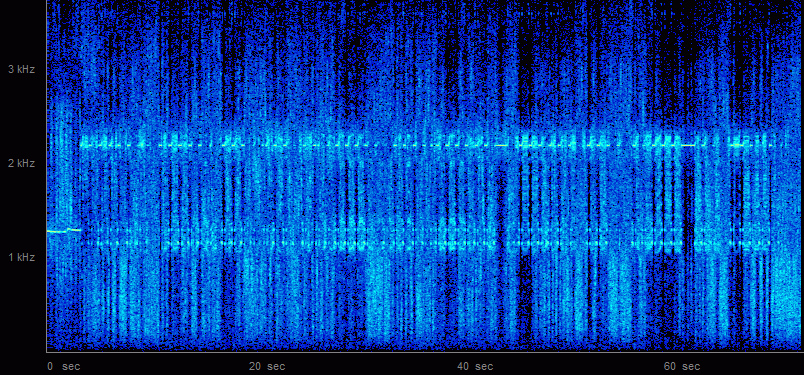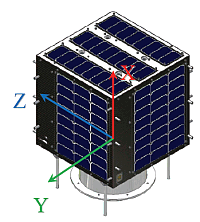NPO UNISEC (University Space Engineering Consortium)

Four CubeSats in Japan are planned to launch at May 20, 2010 21:58 UTC together with PLANET-C which belongs to JAXA by H-IIA rocket.
UNITEC-1 is the world first type of deep space satellite of the university development. It rides together the satellite of JAXA, named Planet-C and it flying toward Venus.
The main objective of the UNITEC-1 mission is a survival demonstration contest – to subject and evaluate several UOBC (University On-board Computer) designs on a flight to Venus which are being developed by various university teams in a competitive manner. Obviously, the deep space mission will encounter harsher radiation and thermal environments as those experienced in LEO (Low Earth Orbit) missions. Hence, the equipment survival is of great importance to the mission success. The winning team is the one whose microprocessor design turns out to be the longest survivor throughout the mission. The information will be downlinked via a low-speed communication link.
NASA-Catalog: 36578
Downlink
5840 MHz, CW and 1k2 FSK – measured frequency 5839.91 MHz
Call
JQ1ZUN
Status
nicht mehr gehört
21.05.2010 Erste CW und FSK Signale wurde von japanischen Bodenstationen beim ersten Überflug über Japan am 21.05.2010 mit guter Feldstärke empfangen. Aufgrund eines extrem frequenzunstabilen Signals gelang es jedoch nicht die Telemetrie zu dekodieren. Bei der kurz darauf folgenden Sichtbarkeit über Europa war UNITEC-1 bereits verstummt. Auch OZ7SAT in Dänemark konnte weder mit einem 1m Spiegel, noch mit dem 7m Spiegel ein Signal finden. Auch in Japan konnten keine Signale mehr empfangen werden. In den weiteren Tagen blieb die Suche nach UNITEC-1 weiterhin erfolglos, auch mittels eines 32m-Spiegel in Japan und man fürchtet, dass UNITEC-1 verloren ist. 4 Tage nach dem Start hat Bochum die Suche nach UNITEC-1 vorläufig eingestellt.

Audiospektrum des empfangenen FSK Signals
27.05.2010 Inzwischen ist UNITEC-1 soweit von der Erde entfernt, dass aufgrund der Sendeeigenschaften kein Empfang mehr möglich wäre. Leider war der Sender im Satelliten nicht hinreichend frequenzstabil und entsprechende Methoden zur Aufintegration des Signals, wie zB bei den Venus Echos, hätten daher sowieso nicht zum Einsatz kommen können.

The prime downlink of the communications subsystem is provided by the CW transmitter at a data rate of 1 bit/s. The uplink in the 435 MHz band is only needed when there is a need to stop the downlink signal. The main considerations for this design are system reliability and stable operation.
RF transmit power: 9.6 W Frequency: 5.84 GHz (bandwidth of 20 MHz) Modulation: CW and 1k2 FSK Size: 35 x 35 x 35 cm Weight: 21 kg
UNITEC-1 transfer orbit from Earth to Venus

Homepage und weitere Informationen
http://www.unisec.jp/unitec-1/en/top.htmlhttp://events.eoportal.org/presentations/10002076/10002077.html
 empfangenes FSK Signal
empfangenes FSK Signal